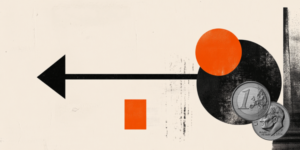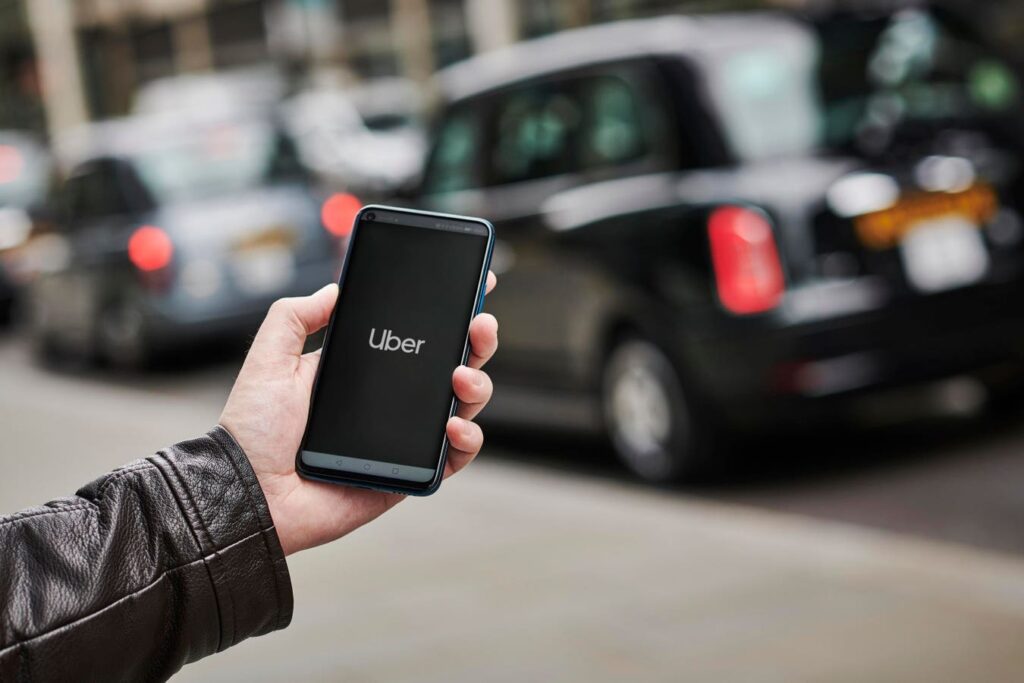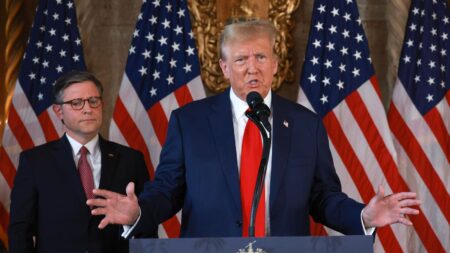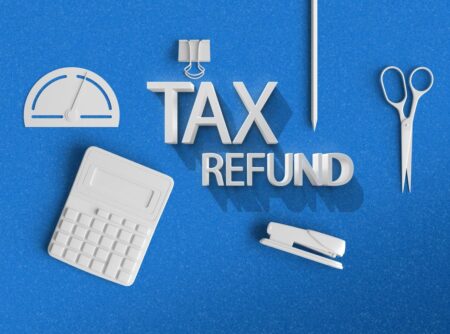Uber Preferred Currency Fee: Dynamic Currency Conversion In Convenience Clothing
When you travel abroad, you expect simplicity and transparency—especially when your financial tools promise no extra charges. Yet Uber is adopting a strategy – Uber preferred currency fee – that will default many to pay in their home currency, complete with a 1.5% fee. This isn’t just a random charge; it’s likely a deliberate design choice that leverages behavioral defaults to extract extra money from unsuspecting riders.
What Is Uber Preferred Currency?
Uber is changing its app to display some ride fares in a passenger’s home currency with a fixed 1.5% currency conversion fee. This will start on February 27, 2025, for United States, United Kingdom, and the European Union riders. “By default, Uber may assign your home currency as your preferred currency. The currency may be assigned to users gradually over a period of time,” it notes.
In contrast, if you opt to pay in the local currency, your bank or payment provider determines the conversion rate—without any additional fee if you have a credit card that waives foreign transaction fees, like many people, especially travelers, do. This means that Uber is nudging many into a costlier option by default.
As Uber claims on its “Currency Preferences” page, keeping your preferred currency as your home currency simplifies pricing by showing consistent fare amounts, albeit with the extra conversion fee. They also innocently point out that “you can change your preferences to pay in the local currency at any time in the wallet.” But let’s be clear: if the fee were indeed a value-add, Uber would let customers opt-in voluntarily instead of relying on inertia to keep them in.
The Dynamic Currency Conversion Angle For Uber Preferred Currency
Uber is essentially performing dynamic currency conversion (DCC). DCC allows merchants to convert foreign currency transactions into the customer’s home currency at the point of sale. While this service can sometimes offer convenience, it often comes at a premium. In Uber’s case, the premium is a flat 1.5% fee that can add up over time.
Dynamic currency conversion is not new. It’s been used in various sectors—from ATMs abroad to point-of-sale transactions in tourist-heavy areas. However, its default application here is particularly insidious because it banks on the power of default bias: most people stick with the preset option rather than change their settings.
Default Bias Applications Before Uber Preferred Currency
Uber preferred currency isn’t the first time companies have exploited defaults to extract extra revenue. Consider banks and their long-standing practice of automatically enrolling customers in overdraft protection programs. For years, many consumers were automatically enrolled in overdraft “protection,” often without fully understanding the fees that accompanied it. These defaults resulted in significant charges for everyday transactions until regulatory changes forced banks to offer a more transparent opt-in process.
Similarly, Uber’s default currency conversion setting capitalizes on two behavioral economics principles—default bias and anchoring bias. When the fare is displayed in your home currency with a built-in fee, that becomes the reference point against which you judge the cost of your ride. The result? Many users never bother to switch to paying in the local currency, even if doing so could save them money. That’s why Uber’s assertion that users can change their currency preference at any time, while factually correct, is disingenuous. The machination of defaulting people to their home currency. is a surreptitious and dirty way to roll this out because Uber is likely well aware of the power of inertia and the fact that most people will simply stay with the default option.
Therefore, Uber’s default setting exploits the power of inertia—most users simply stick with the preset option rather than change their currency preference. Richard Thaler, a Nobel laureate and one of the pioneers of behavioral economics, once observed, “if an option is designated as the ‘default,’ it will attract a large market share. Default options thus act as powerful nudges.” He elaborated, “first, never underestimate the power of inertia. Second, that power can be harnessed.”
Why Uber Preferred Currency Matters For Your Wallet
For travelers, the implications of Uber preferred currency are clear: even a 1.5% fee may seem minor per ride, but over time, especially on frequent trips, it can erode your travel budget. This hidden cost feels unjust in a competitive market where many credit cards offer no foreign transaction fees.
Uber’s strategy is a classic example of using default settings to benefit from consumer inertia. If this was a true value proposition, Uber would let riders choose it actively rather than making it the default. The preferred currency fee is a subtle revenue extraction that most consumers will likely never question if they don’t take a moment to adjust their app settings.
What You Can Do To Counter Uber Preferred Currency
- Check Your Settings: Open your Uber app and navigate to the Wallet section. Review your currency preferences to see if you’re defaulted to your home currency.
- Opt for Local Currency: If your credit card waives foreign transaction fees, switch your preference to local currency.
- Stay Informed: Familiarize yourself with your credit card’s terms regarding foreign transactions. A little research can go a long way in ensuring you’re not overpaying on every ride.
The Upshot Of Uber Preferred Currency Rollout
For savvy travelers, the lesson is simple: if you have a credit card that waives foreign transaction fees, don’t accept Uber preferred currency. Take a moment to change your currency preferences in the Uber app. Switching to local currency could save you money ride after ride. More broadly, this is a reminder to constantly scrutinize default settings—whether in your ride-sharing app or bank account—and consider whether they’re truly in your best interest.
Read the full article here
















